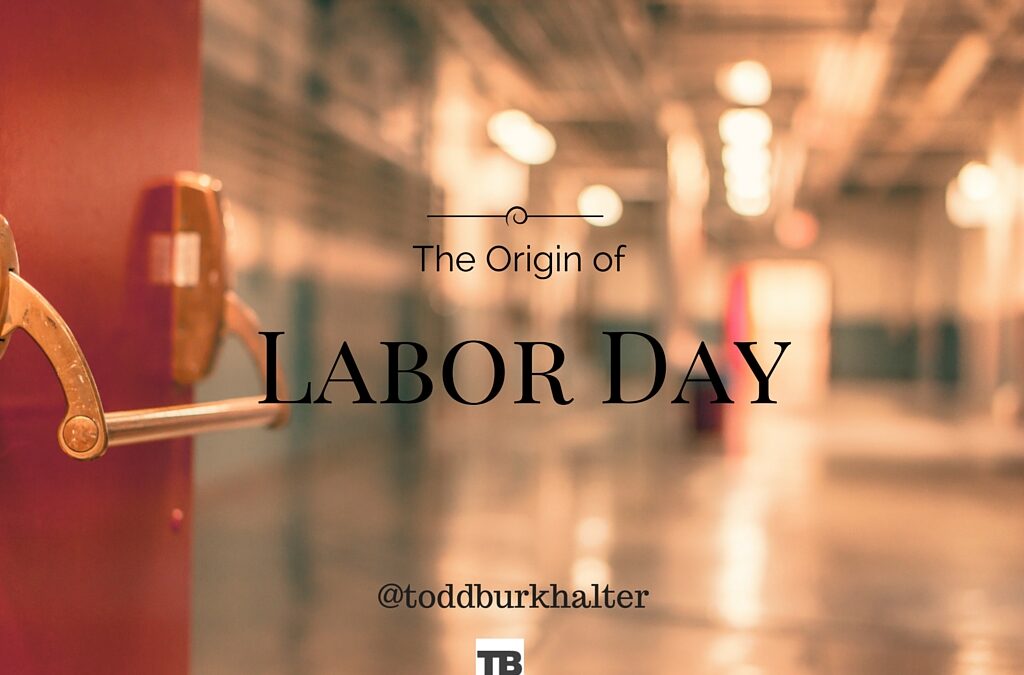
by Todd Burkhalter | Sep 1, 2016 | Education
We live in the greatest country ever… Fact! As much as we hear political rhetoric and fighting amongst ourselves, fact remains that we are the greatest country ever. Our country was founded on the idea of self-reliance and individuals that work. They work to...
by Todd Burkhalter | May 9, 2012 | Education
Weekly Update – May 7, 2012 Last week was a rough one for U.S. stocks. The markets started off the week positive, pushed upward by positive corporate earnings, but retreated the last three days to close at a low point, hammered by a disappointing jobs report and...
by Todd Burkhalter | Nov 8, 2011 | Education
If there is one factor with the greatest potential to mend our economy, it is a steadily improving employment picture. How so? When you look at the U.S. economy as a whole, it is primarily supported by consumer spending.[i] In order for consumers to spend, they must...
by Todd Burkhalter | Sep 6, 2011 | Education
Understanding the August Jobs Report Weekly Update – September 5, 2011 The big news last week centered on the August jobs report, which was disappointing to say the least. Non-farm payrolls were unchanged in August but down 58,000 including revisions to June/July. The...



Recent Comments